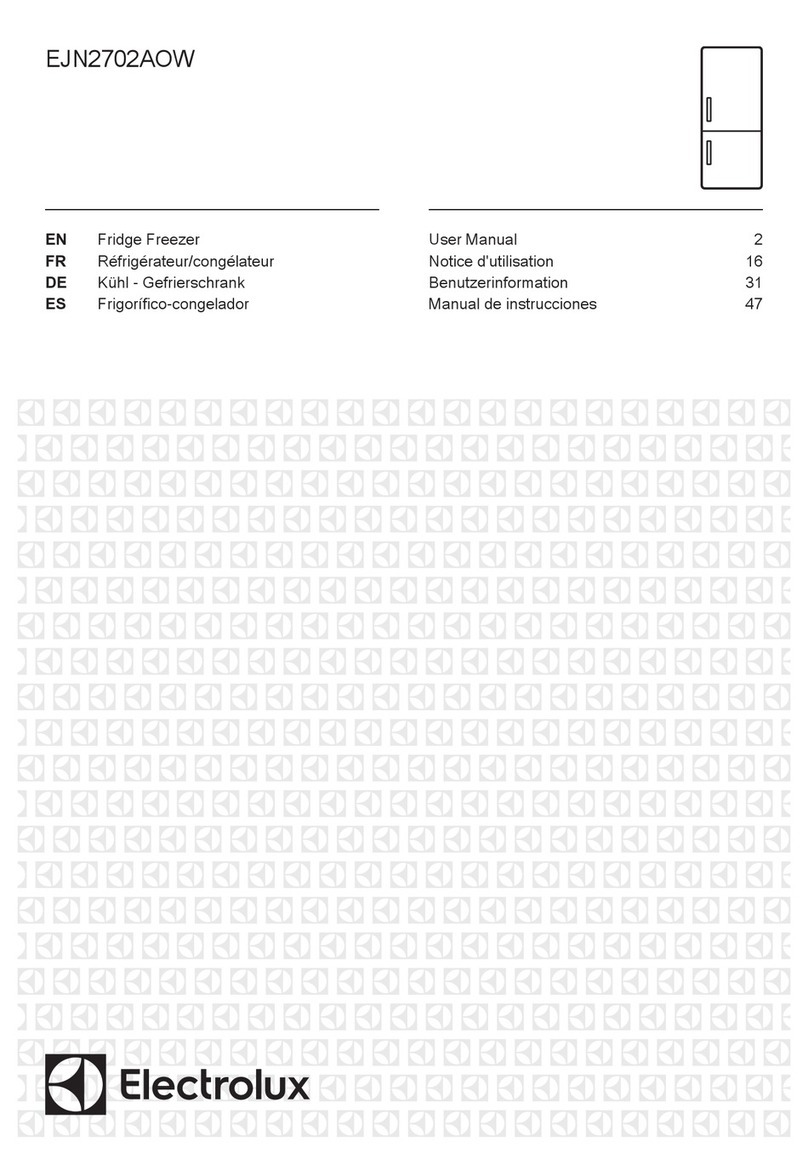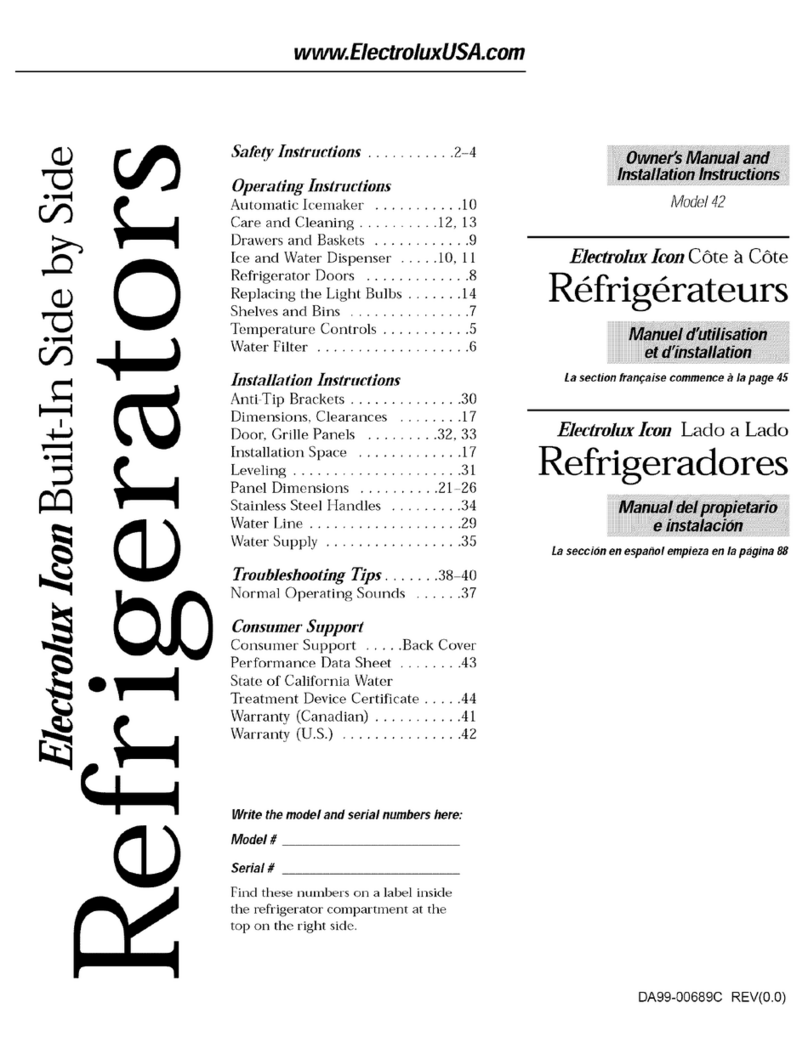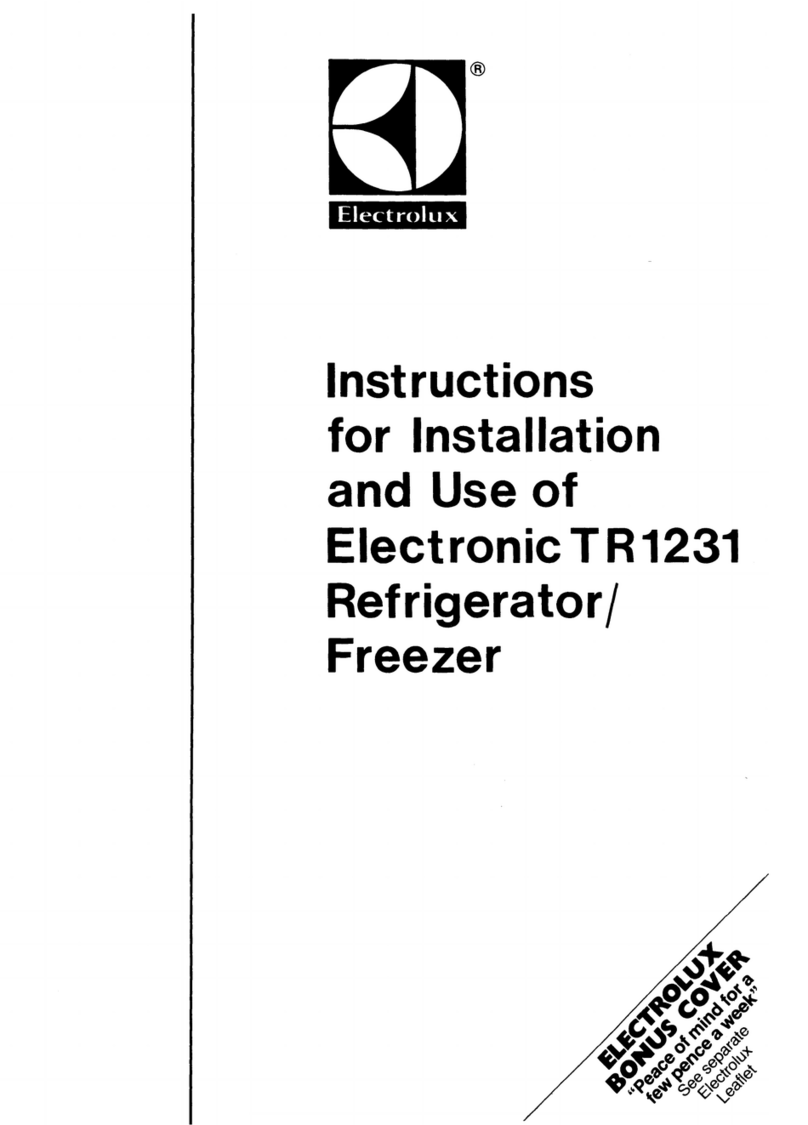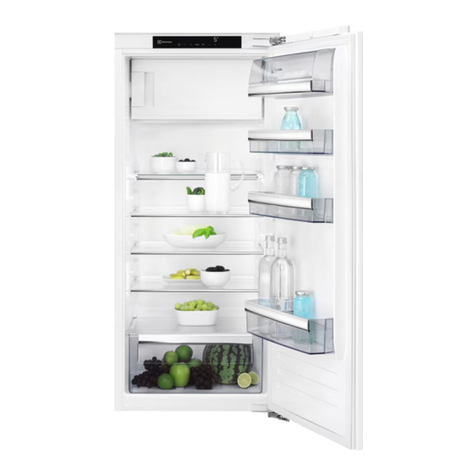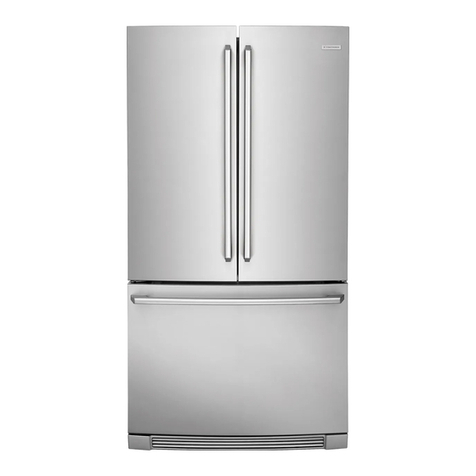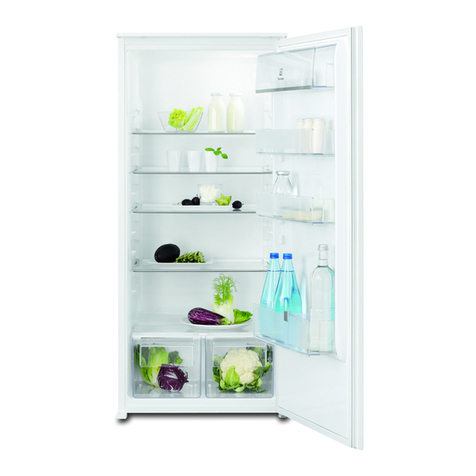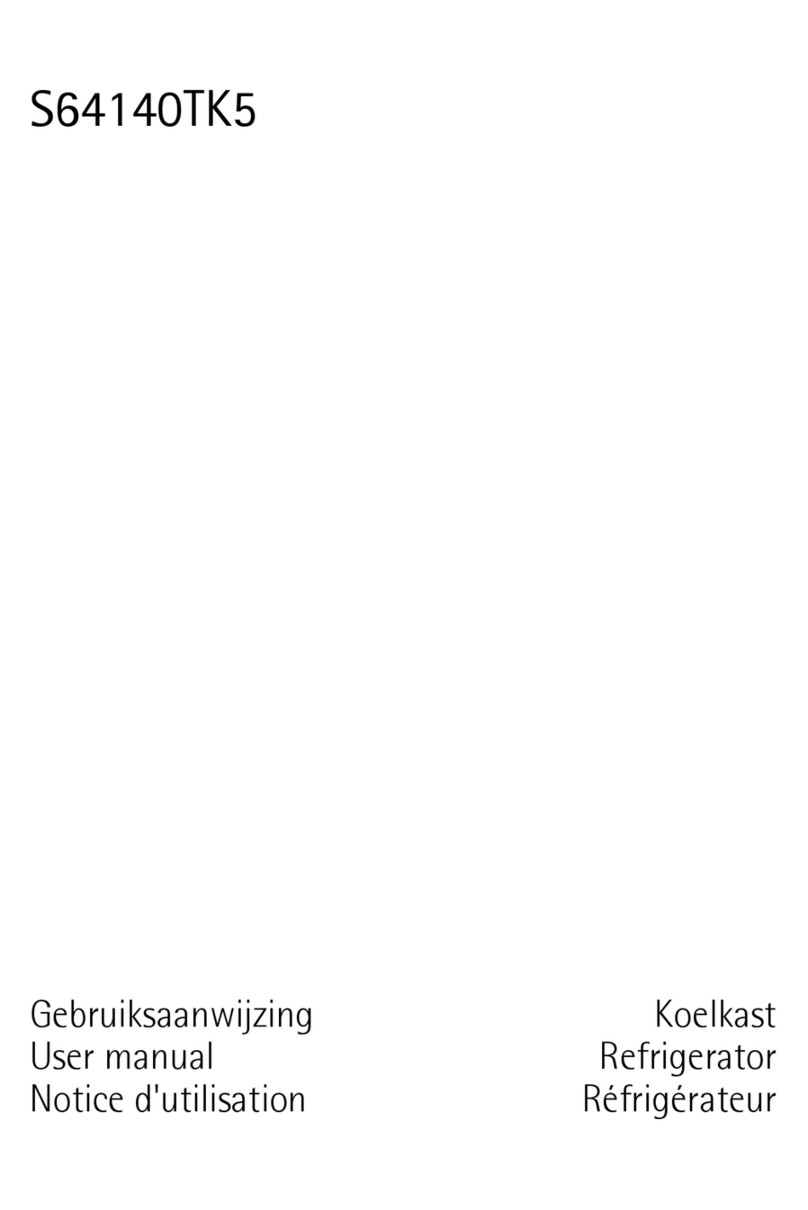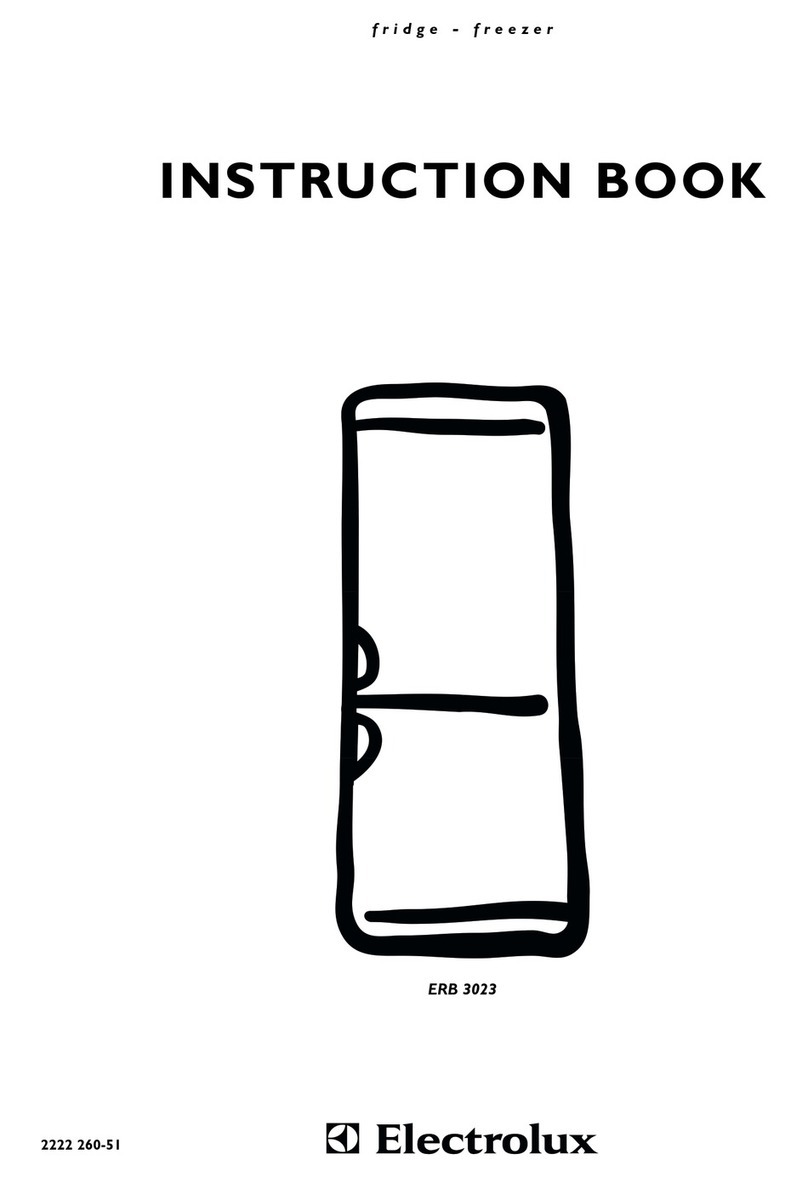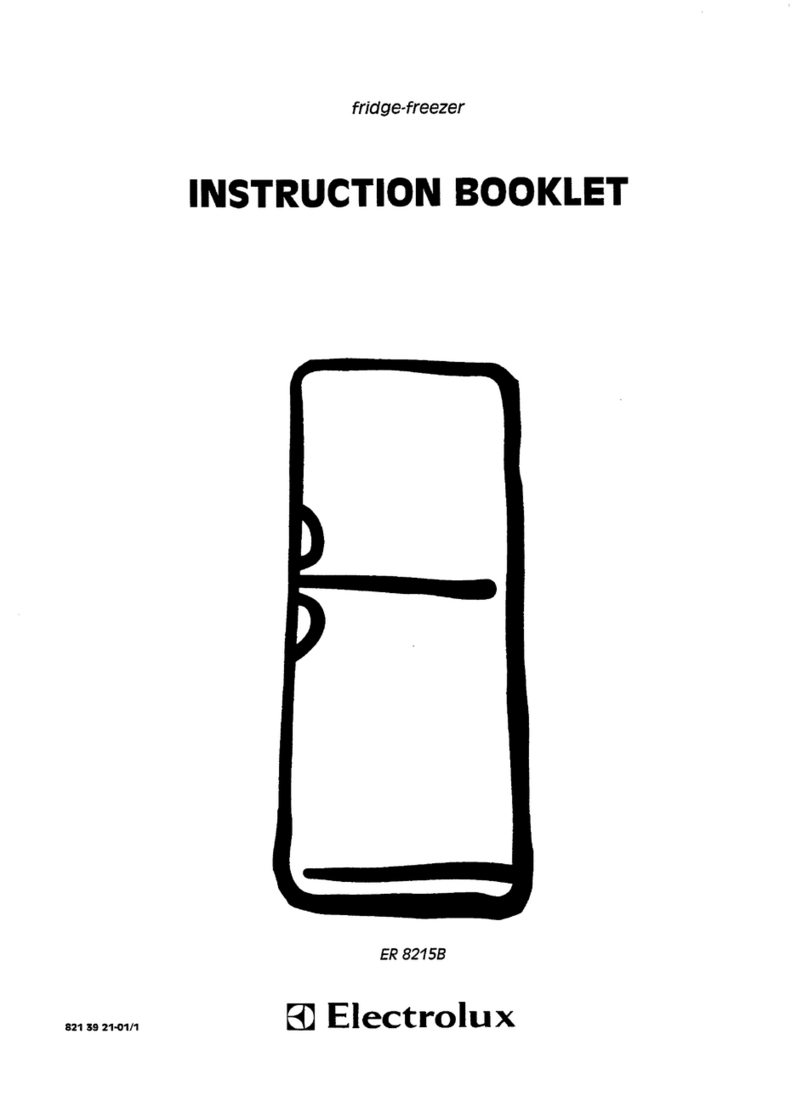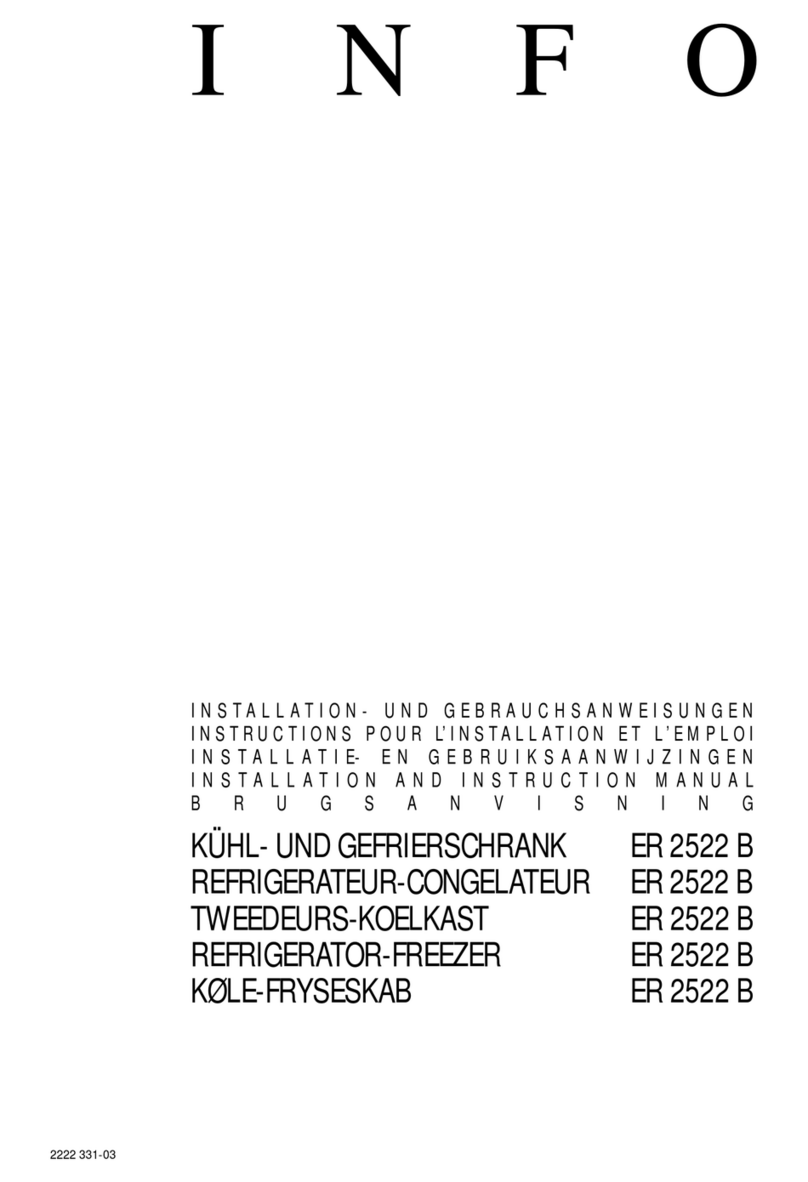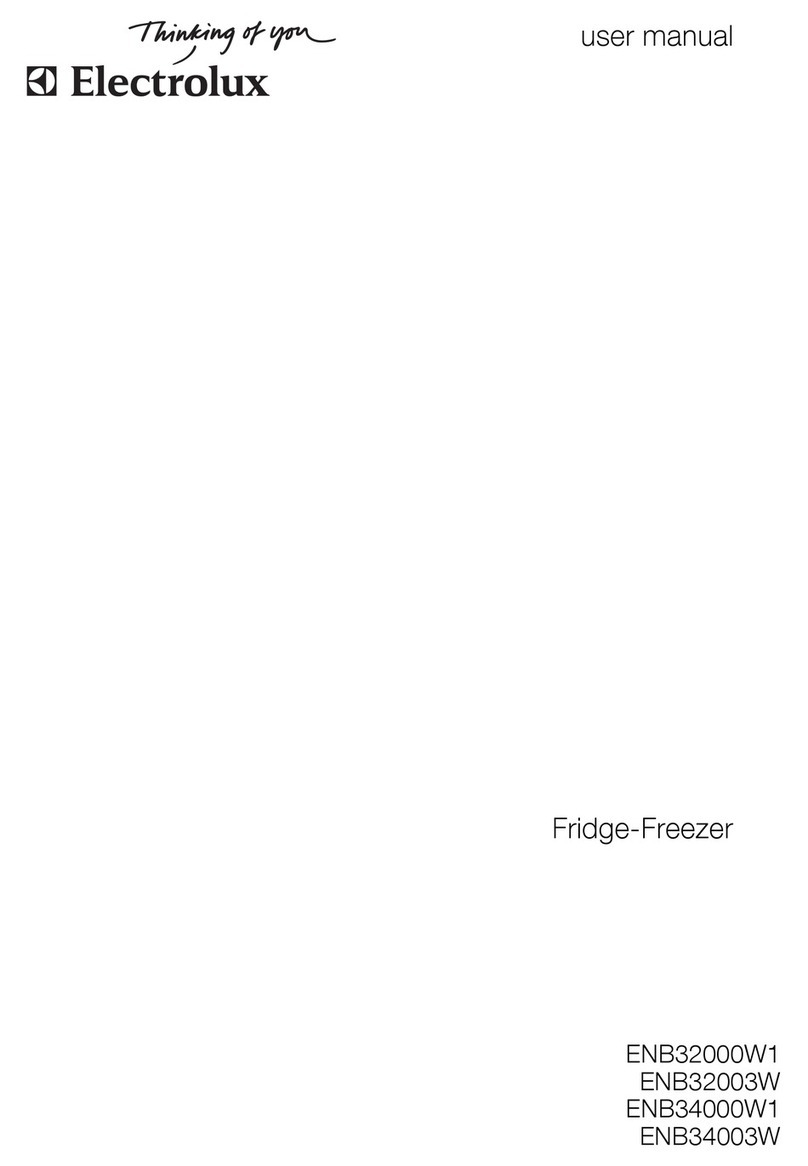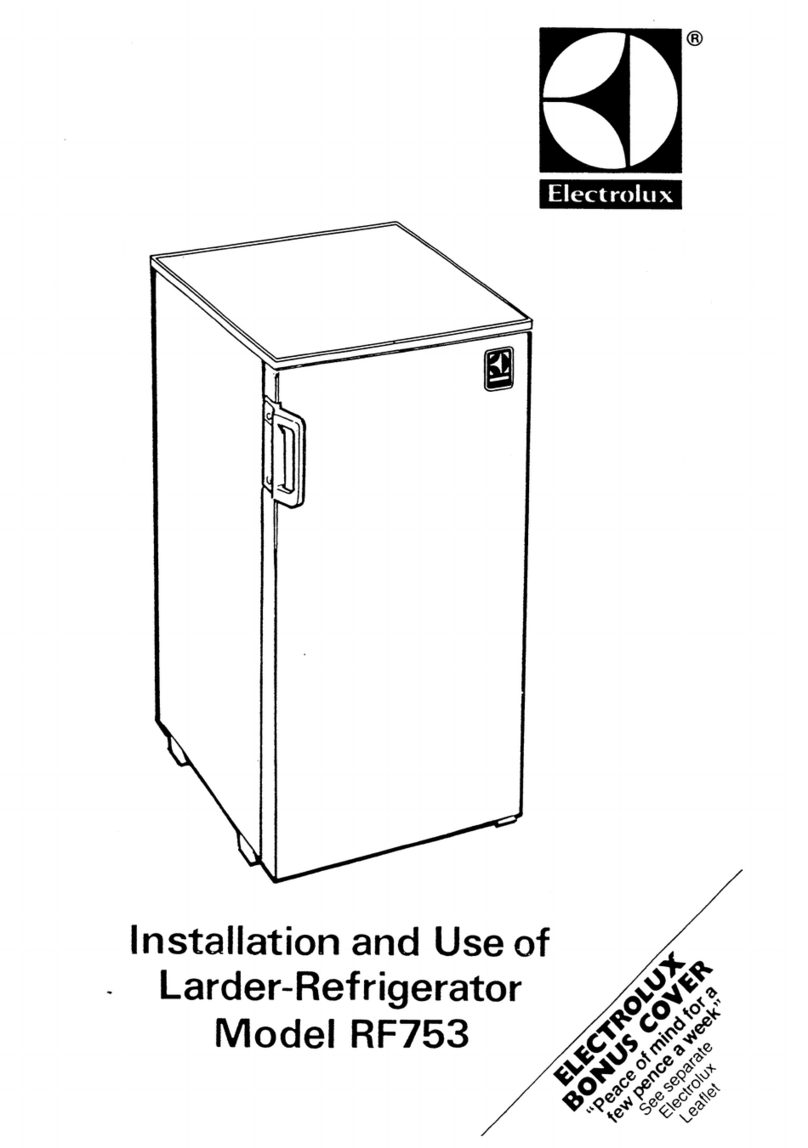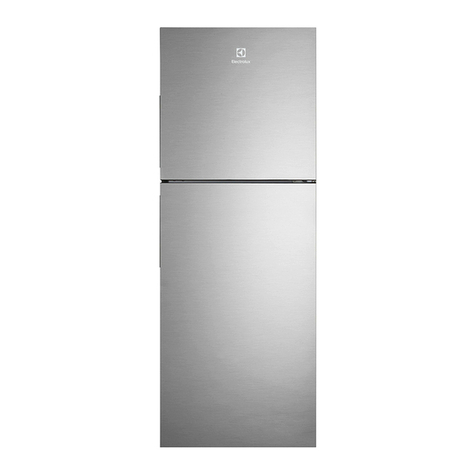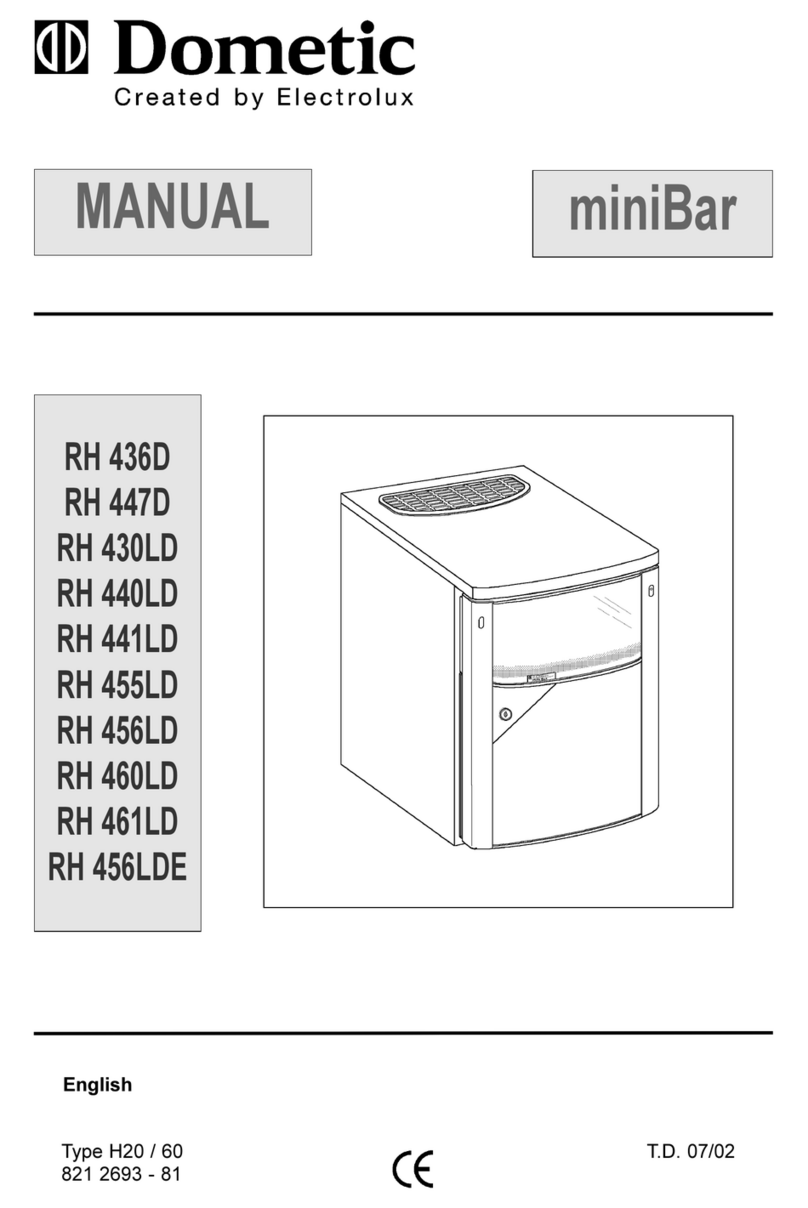
10
CCoonntteennttss
A WARNING AND SAFETY INFORMATION ................................................................................................ 12
A.1 General information .................................................................................................................... 12
A.2 Personal protection equipment ...................................................................................................... 13
A.3 General safety ........................................................................................................................... 13
A.4 General safety rules.................................................................................................................... 13
A.5 Technical data ........................................................................................................................... 16
A.6 Transport, handling and storage .................................................................................................... 17
A.7 Installation and assembly ............................................................................................................. 17
A.8 Product loading and unloading ...................................................................................................... 19
A.9 Machine cleaning and maintenance................................................................................................ 19
A.10 Machine disposal........................................................................................................................ 20
B APPLIANCE AND MANUFACTURER'S IDENTIFICATION DATA .................................................................. 20
C GENERAL INFORMATION .................................................................................................................... 20
C.1 Introduction............................................................................................................................... 20
C.2 Additional indications................................................................................................................... 20
C.3 Intended use and restrictions ........................................................................................................ 20
C.4 Testing and inspection ................................................................................................................. 21
C.5 Copyright.................................................................................................................................. 21
C.6 Keeping the manual .................................................................................................................... 21
C.7 Recipients of the manual .............................................................................................................. 21
C.8 Definitions................................................................................................................................. 21
C.9 Responsibility ............................................................................................................................ 21
D TRANSPORT, HANDLING AND STORAGE .............................................................................................. 21
D.1 Handling................................................................................................................................... 21
D.1.1 Procedures for handling operations....................................................................................... 22
D.1.2 Placing the load................................................................................................................ 22
D.2 Unpacking ................................................................................................................................ 22
D.2.1 Disposal of packing ........................................................................................................... 22
D.3 Storage .................................................................................................................................... 22
E TECHNICAL DATA .............................................................................................................................. 22
E.1 Materials and fluids used.............................................................................................................. 22
E.2 Dimensions, performance and consumption ..................................................................................... 22
F INSTALLATION AND ASSEMBLY........................................................................................................... 23
F.1 Introduction............................................................................................................................... 23
F.2 The customer's responsibilities ...................................................................................................... 23
F.3 Machine space limits................................................................................................................... 23
F.4 Positioning ................................................................................................................................ 23
F.5 Fitting anti-tipping cables.............................................................................................................. 24
G NORMAL MACHINE USE...................................................................................................................... 24
G.1 Characteristics of personnel trained for normal machine use ................................................................ 24
G.2 Characteristics of personnel enabled to operate on the machine ........................................................... 24
G.3 Operator qualified for normal machine use ....................................................................................... 24
H CONTROL PANEL............................................................................................................................... 25
H.1 Control Panel description ............................................................................................................. 25
H.1.1 Digital thermostat display .................................................................................................... 25
H.1.2 Buttons........................................................................................................................... 25
I OPERATION ...................................................................................................................................... 25
I.1 Switching on and temperature adjustment........................................................................................ 25
I.2 Digital thermostat signalling icons .................................................................................................. 26
I.3 Signalling and alarms .................................................................................................................. 26
I.3.1 Service alarms and signalling for models 0 ℃/+10 ℃ and freezer models...................................... 26
I.3.2 Service alarms and signalling for models -2℃/+8℃ and fish models ............................................ 26
I.3.3 Temperature alarms and signalling (common to all appliances) ................................................... 26
I.3.4 Door open alarms and signalling for high humidity, fish models ................................................... 26
I.4 Defrost..................................................................................................................................... 26
I.5 Switching on and temperature adjustment for Wine-line models............................................................ 26
I.6 Defrost..................................................................................................................................... 27
I.7 Defrost for freezer models (with evaporating grilles) ........................................................................... 27
I.8 Loading the product .................................................................................................................... 27
J MACHINE CLEANING AND MAINTENANCE............................................................................................. 27
J.1 Ordinary maintenance ................................................................................................................. 27
J.1.1 Informations for maintenance............................................................................................... 27
J.1.2 Cleaning the cabinet and accessories.................................................................................... 27
J.1.3 Precautions in case of long idle periods ................................................................................. 28
J.1.4 Quick troubleshooting guide ................................................................................................ 28
J.2 Repair and extraordinary maintenance ............................................................................................ 28
J.2.1 Reversing opening of models with fully insulated doors ............................................................. 28
J.2.2 Reversing opening of models with glass door and “Wine-line” models - for positive temperature ap-
pliances only - .................................................................................................................. 28
J.2.3 Reversing opening for high feet models ................................................................................. 29
J.2.4 Maintenance intervals ........................................................................................................ 30
